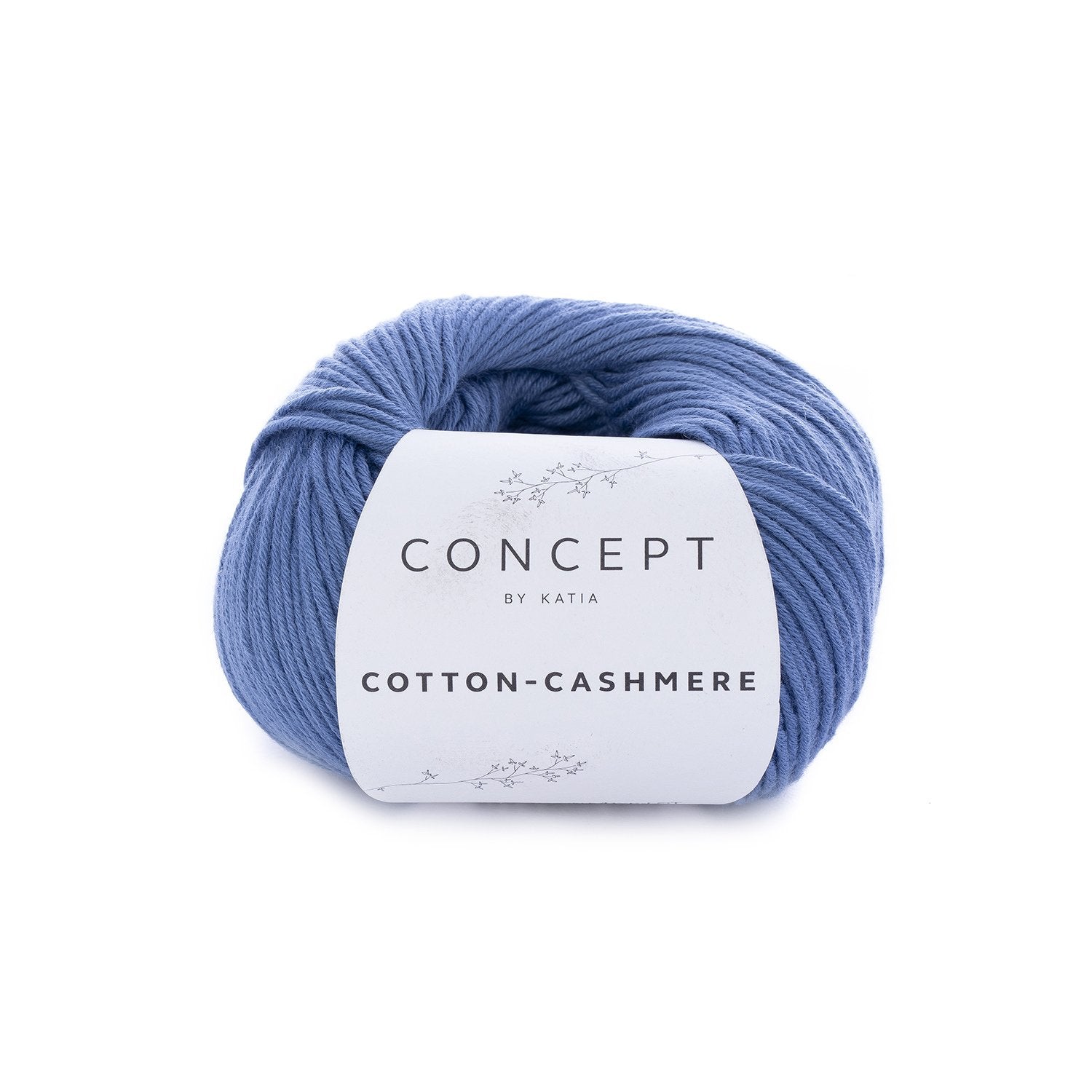Understanding the Various Kinds Of Cashmere a Natural Fiber and Their Special Advantages

The Origins of Cashmere: A Historical Review
While the luxurious touch of cashmere proceeds to charm modern consumers, its origins trace back to the severe, chilly environments of Mongolia and the Mountain ranges. For centuries, the aboriginal individuals of these areas have been raising Capra Hircus goats, the prime source of cashmere wool. These goats, durable against the severe winters months, expanded a great undercoat to endure, which later ended up being known as cashmere.

The Production Process: From Goat to Garment
Shearing a Capra Hircus goat notes the creation of the detailed cashmere production process. This fragile treatment usually takes place annually during springtime. The penalty, soft undercoat is then divided from the coarser external hair, a procedure called dehairing. The resultant raw cashmere is then cleaned to get rid of pollutants such as dirt, oil, and vegetable issue.
The tidy fiber goes through coloring, rotating, and weaving, or knitting, to transform it right into a textile. Complicated procedures such as top quality control checks and completing procedures comply with, ensuring the end product keeps the elegant criterion expected of cashmere. This painstaking procedure, from goat to garment, warrants the high price affixed to cashmere items, making them a symbol of luxury and improvement.
The Different Types of Cashmere: A Thorough Evaluation

The One-of-a-kind Benefits of Cashmere: Convenience and Sustainability
Moving from the variety of cashmere kinds to the advantages they use, comfort and sustainability stick out prominently. Cashmere, a natural fiber, is renowned for its unrivaled soft qualities, providing a degree of comfort that artificial fibers can not match. The product's agility, yet outstanding heat retention, makes it optimal for all periods. Cashmere's natural elasticity allows it to return to its initial form, making it immune to reducing or extending.
When it pertains to sustainability, cashmere is naturally degradable and sustainable, as it's collected from cashmere goats who regrow their layers each year. what is cashmere. Unlike synthetic fibers which can take hundreds of years to decay, cashmere's influence on the atmosphere is minimal. This combination of comfort and sustainability makes cashmere a valuable selection for mindful consumers

Taking Care Of Your Cashmere: Maintenance and Conservation Tips
While cashmere is definitely a extravagant and lasting choice, it requires particular care to preserve its quality and prolong its life expectancy. To begin, cashmere should be hand washed utilizing cool water and a mild cleaning agent. Cashmere items must be saved in a great and dry place, away from straight sunlight and dampness.
Buying Cashmere: Comprehending Its Value and Worth
Although cashmere might at first look like a pricey investment, its long-lasting worth and worth become obvious when you consider its impressive qualities. Known for its exceptional gentleness and warmth, cashmere is a premium natural fiber that surpasses other products. Its high need and restricted supply contribute to its high price, but its durability ensures it lasts for many years, offering excellent value for cash. Cashmere items are ageless, commonly coming to be antiques gave through generations. what is cashmere. Its natural insulating properties provide warmth without the bulk of artificial fibers. Spending in cashmere, as a result, is not practically existing style trends, yet regarding embracing a lasting, resilient, and extravagant lifestyle.
Conclusion
In summary, the sort of cashmere one picks, be it Mongolian, Chinese, or Italian, is dictated by specific choices for warmth, sustainability, deluxe, and spending plan. The value of Extra resources cashmere prolongs past its rate, with convenience and longevity contributing to its worth. discover this Appropriate care and maintenance can guarantee its conservation. Recognizing the beginnings, manufacturing procedure, and special advantages of various kinds of cashmere can assist customers in their financial investment in this lavish all-natural fiber.
Whether it's the phenomenal heat of Mongolian cashmere, the affordability of Chinese cashmere, or the eco-conscious manufacturing of Italian cashmere, there's a tale to be found behind each fiber kind. Cashmere, an all-natural fiber, is renowned for its unparalleled soft qualities, giving a degree of comfort that artificial fibers can not match.When it comes to sustainability, cashmere is eco-friendly and naturally degradable, as it's gathered from cashmere goats who regrow their coats annually. Known for its unmatched gentleness and warmth, cashmere is a premium all-natural fiber that article outmatches various other materials. Recognizing the origins, production procedure, and distinct advantages of various types of cashmere can lead consumers in their investment in this luxurious all-natural fiber.